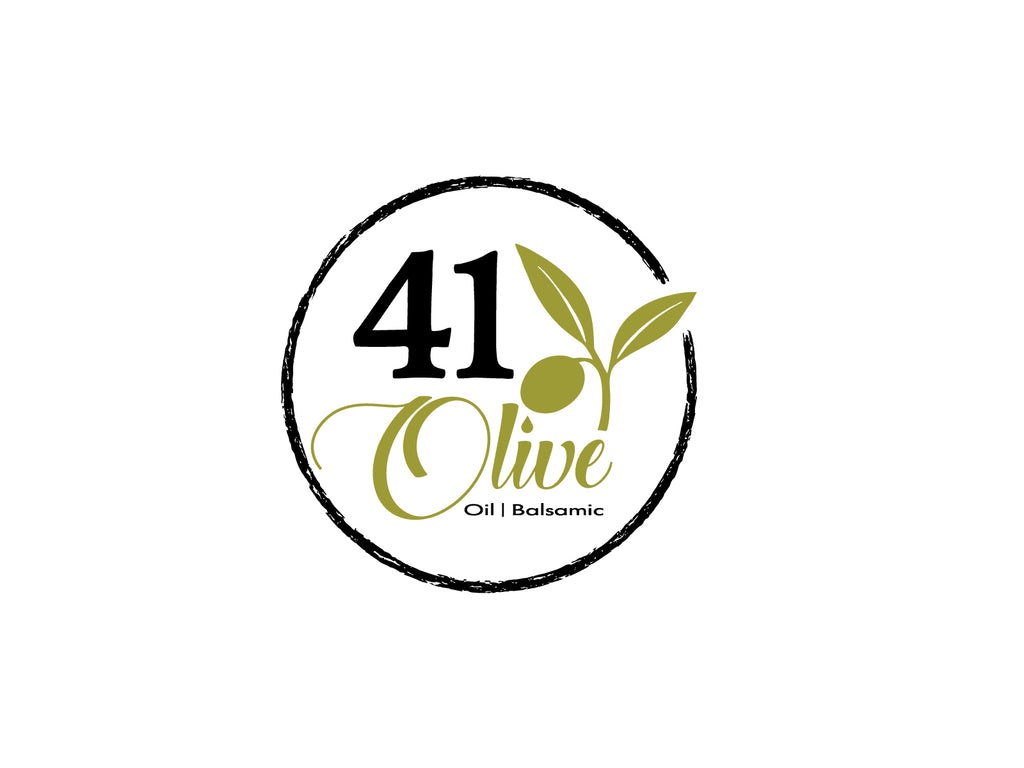Balsamic Vinegar: Sweet and Sour and Everything Nice
Vinegar gets kind of a bad rap in the food world. For many recipes, vinegar is the counterpoint of sweet"goodness" and the"foil" of oil. Vinegar is what great wines are when they die and what humans are said to be if they're too sour.
Vinegar is kind of a villain in the ingredient world, and it is far too often considered an evil necessity to balance the more pleasant ones.
However, in truth, vinegar is the silent hero, actually preserving foods and bringing dishes to life with their unmistakable power of sour.
Perhaps it is the balsamic that really captivates our culinary imagination because its one of a very few vinegars (rice wine vinegar being the other notable) that is the best of both worlds. It is sweet and sour.
A more than 40-year-old balsamic vinegar is just about as sweet as honey. It is SO sweet that it is often used in desserts and can be a delicious topping over vanilla ice cream.
So just what is balsamic vinegar? And why is it so dark?
Balsamic vinegar is an Old World product (traditionally produced in Italy) from the Middle Ages. It isn't made as most vinegars are from aged wine but rather from freshly squeezed grape juice (Trebbiano & Lambrusco varietals), that has been lowered by simmering and then aged more than years in progressively smaller wooden casks (chestnut, acacia, cherry, oak, mulberry, ash) of many wood types during its aging tenure.
The two most-notable locales (consortia) of manufacturing in Italy are Modena and Reggio Emilia.
The word"balsamic" is derived from the Latin balsamum, meaning"balsam-like," which refers to the restorative or curative properties of the balsam sapling.
There are three types/qualities of balsamic vinegar:
Authentic, traditional, artisan balsamic vinegar--the only type that may legally be described as Aceto Balsamico Tradizionale in the EU.
A lesser-quality, commercial-grade balsamic vinegar produced on an industrial scale and often artificially colored and sweetened.
Condimento-grade products, which are often a mixture of the two above.
So what does balsamic vinegar taste like?
True balsamic vinegar is rich, glossy, and deep inky brown in color. It has a complex flavor that balances the natural sweet-and-sour elements of the cooked grape juices with hints of wood from the casks.
As each year of aging progresses, the sweetness and viscosity increase until a vinegar of 50 years is exceedingly syrupy, sticky and decadent. And as you can imagine, that care and aging has its own costs with small, one-to-two ounce bottles costing hundreds of dollars
Thankfully, these aged vinegars are so extreme and complex that little is required to impact a dish. Drizzled over grilled steak, fish, shellfish, risotto, Parmesan cheese, or even fresh strawberries, an aged balsamic's sweetness and lingering taste is an amazing experience.
But you don't have to spend that kind of money to get a similar thrill. There are some great balsamic vinegars available on the market that can be had for well under $10, including Academia Barillas, which we carry at Nino's.
How Is Balsamic Vinegar Used?
Three- to 12-year-old balsamic vinegars are commonly used in salad dressings, creamy dips, marinades, sauces or even after-dinner digestives. The dark color and tart, caramel-like taste of a traditional balsamic vinegar adds an intriguing twist to otherwise common recipes.
And so, what is white balsamic vinegar? And how about the balsamic cremes and glazes that are on the shelves nowadays?
White balsamic vinegar combines white grape with white wine vinegar and is cooked at a low temperature to avoid any darkening. Some manufacturers age the vinegar in oak barrels while others utilize stainless steel. White balsamic vinegar is often used in recipes where its not as candy, milder flavor and neutral color is preferred over the darker version. In addition, white balsamic vinegar has a less pungent aftertaste.
Balsamic cremes and glazes, on the other hand, are a rather new development on the balsamic scene. These products are (generally speaking) low-cost alternatives to the viscosity you'd only get from a very-expensive, aged balsamic.
